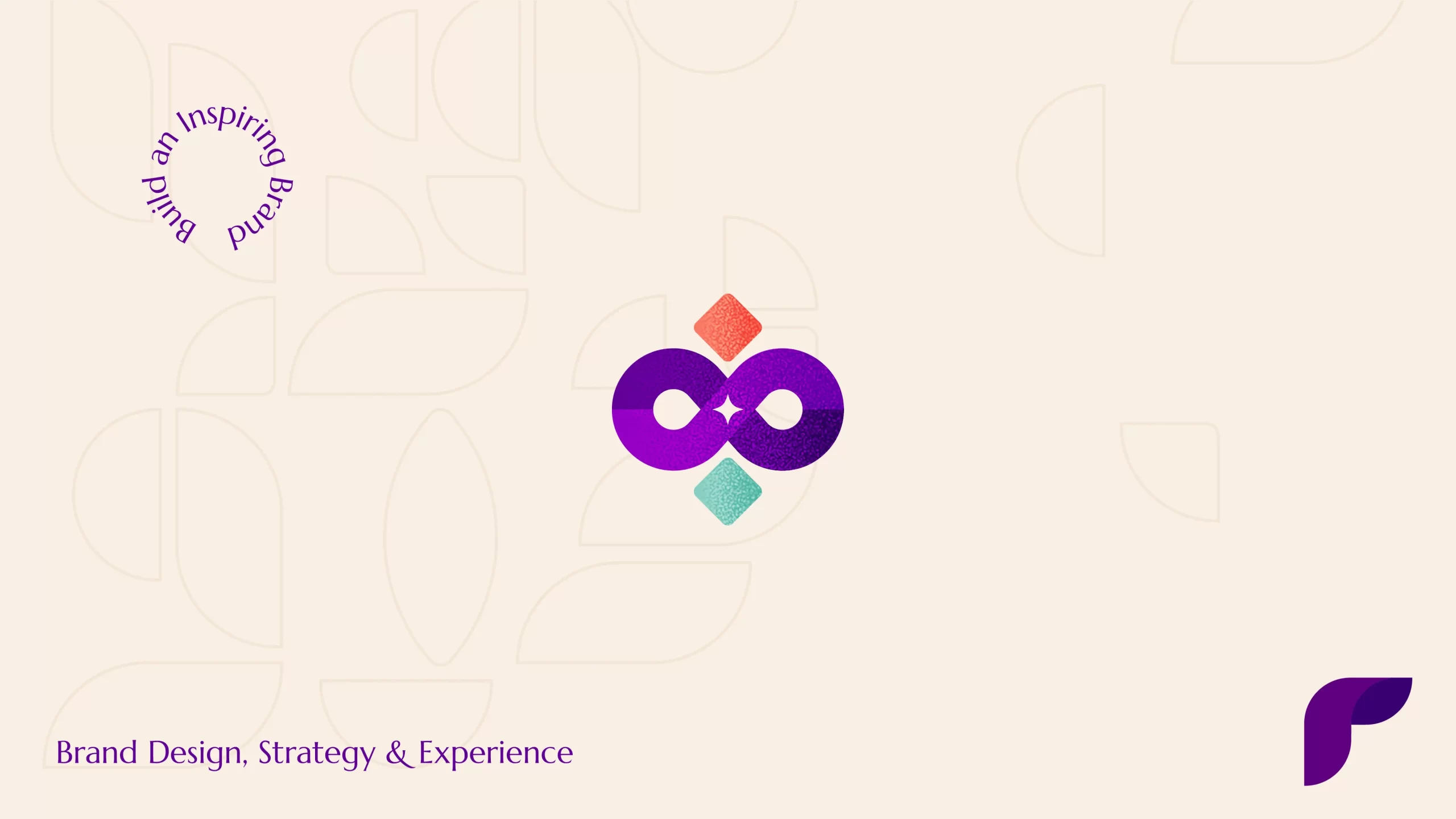Creating a brand is a difficult task, especially if you’re creating it from scratch or working with a smaller budget. You want to make sure that your brand stands out from the competition and clearly communicates what your business does.
Looking at all of the different elements of branding as a whole can be overwhelming and confusing.
So, I created this comprehensive branding checklist to help small businesses create an effective brand strategy and identity for their company. If you do what I’ve outlined below, then you will be sure to have a prosperous business!
Foundation or Core
Start with your Purpose
Why do I exist? Why should it matter? These are crucial questions that need to be answered before moving forward with any branding efforts.
For example: it could be to solve a problem or make a difference in people’s lives for their good or creating to improve the standards of the users.
You’ll also want to consider how these answers might change over time as they relate back to your business objectives, goals and ideas moving forward.
Have a compelling Vision
A compelling brand vision is the guiding north star for your business, guiding everyone from executives to entry-level employees through every decision they make.
A brand vision is like a compass, providing direction and clarity for your business. In short, it helps make sure everyone knows exactly where they’re headed—and why they need to get there as fast as possible!
Write down your Mission
It’s a statement of what you stand for and what you want to accomplish. It’s the reason why you got started in the first place, and it helps keep you focused on what really matters for your business and the customers.
Include the list of Values
Brand values are set of principles by which you want to operate your business. It could be something like diversity, care for employees, environmental sustainability, courtesy, etc. Inculcating these values in day to day activities of your business will send strong signals among your customers.
Positioning
Positioning is the process of defining who your target market is, what niche you occupy and how you differentiate yourself from the competition.
Figure out your USP & offering
Your unique selling proposition (USP) is a concise statement that describes what makes you different from your competitors. It’s a great way to help people see the value in what you offer and make it easier for them to choose you over someone else.
For example, if you’re selling an ebook on how to make money from home as a stay-at-home mom, your USP could be “This book will show you how to make money from home as a stay-at-home mom with no previous experience.”
Build your Audience profiles
This will help you understand who your customers are and how they perceive themselves. It’s also important to think about what problems you solve for your customers, as well as why people buy from you rather than someone else.
Do a complete Competitor Analysis
For your business to stand out, you need to know all about your competitors & what they are offering. Reading google & amazon reviews about them will give you lot of data on what they are good at and what they are bad at.
Once you are done with complete competitor analysis, you can figure out what you can offer, how you can offer and what you need to communicate with your customers.
List down the Benefits (Physical, Emotional & Psychological)
Knowing the benefits will help create a cohesive brand identity that reflects the values of both the company and its customers. The benefits that your product offers may be physical, sometimes emotional or even psychological.
Brand Personality
Brand personality is the unique combination of characteristics that makes your brand unique. It’s the overall feeling you get when you think about a particular company or product.
Determine your Brand’s Archetype
The first step in defining your brand personality is to determine what archetype among the twelve archetypes that are: The Innocent, Everyman, Hero, Outlaw, Explorer, Creator, Ruler, Magician, Lover, Caregiver, Jester, and Sage. As the name of these archetypes suggest, it matches the different personalities of human and adopting these for brand development helps to portray the brand as a human.
Identify the Tone of Voice
The tone of voice refers to how friendly or witty or professional or mother-like or sarcastic someone sounds when they’re talking about something—the emotion behind their words and messages.
Tone of voice will help to guide the content marketing & verbal identity activities as we progress on. Clearly identifying what’s acceptable & what’s not acceptable
Write down the list of Brand Attributes
Next, write a list of adjectives that describe how others might perceive this type of business—words like authentic, modern, witty and trustworthy are often used to describe small businesses that are part of certain archetypes but not all archetypes have these traits associated with them.
For example, if you were going for luxury branding then words like luxurious or refined might be better suited than playful or irreverent ones such as funny or sarcastic (this will depend largely on who your audience is).
Verbal Identity
Verbal identity is the brand’s language that communicates the story & the message in a clear, differentiated & striking tone of voice. So, what do you need to establish a unique Verbal Identity for your brand?
Now, figure out the Brand Name
Choose a name that will be easy to remember and pronounce. Depending on the geography & the culture of the people, the brand name can sound local or global.
You can also use naming tools like Shopify Name Generator Name It to help come up with initial set of ideas, from which you can refine to fit your brand’s personality.
Write down the list of Slogan
A slogan is an important content piece of branding since it communicates what you want to say in quickest way possible. These need to speak directly to customers in clear language that resonates with them—and then repeat over time!
Consider what keywords people might use when searching for your products or services; this will help guide which words are most important when crafting slogans.
Have just one effective Tagline
It’s the brand’s positioning communicated in few words or phrases. Unlike slogans, this doesn’t change and there is just one tagline for a brand or business. If you cannot say about your business or its mission in a couple of words, then you need more clarity and you might want to start from the foundation or core.
Identify the Messaging Pillars
These are the broad topics around which your brand’s communication strategy is built upon. Carefully identifying these pillars will help you in the long run to effectively write the content & communicate with your target audience.
First, get to know what your audience care for & what are their pain points and build the messaging strategy based on that to talk to them at a personable & relatable manner.
Write down your Brand’s Story
People love knowing about the brands they wish to associate with through stories. The large percentage of website visitors make it a point to read the “about us” pages before engaging with the business because you can usually discover stories about the founders or their background there.
Brand storytelling does not always have to be personal; it can also be made from the pov of the product by making the consumer the hero and the product or brand their mentor or supporter in an effort to improve their life circumstances.
Visual Brand Identity
The visual side of your brand is the most important, so you need to make sure it’s consistent & cohesive across all the channels. This means you need to formalise the colour palette, typography style & font, pattern / textures if necessary, photography style and anything else that will be used in all of your marketing materials.
Have a simple & memorable Logo
Your logo is the first thing people will see when they hear about your brand. It’s the visual representation of who you are and what you do, so it needs to be just right.
The best logos are clean and memorable. It’s best to keep things simple as possible, so having a symbol or identity made up of just one idea, one thought or one is enough for most brands to get their point across.
Formalise the Colour Palette
Your visual identity should include colors that reflect your brand’s personality — think about what colors make you feel good when you see them? For example, many people associate yellow with happiness because it reminds them of sunshine!
Apart from the brand’s primary color, it’s always good to have a secondary color to give better aesthetics to the brand’s collaterals & marketing assets.
Identify the Typography Style & Font
Typography & the font is often underrated brand identity asset. Especially, when it is a corporate brand, its common to ignore the font element as part of the visual identity system. But choosing the right font will put forward a better brand representation in front of your audience be it corporate or B2C.
Include Pattern / Textures if necessary
Including pattern or textures in the in the brand identity system will make the visual identity versatile and can communicate a different & unique personality that is desired for the brand.
Standardize the Photography Style
Keep the photography or imagery relevant to what you do such as pictures of people using your product/service, or the team engaged in providing the services. Picture your typical customer and derive the brand photography that would resonate & connect with them
Beyond
Build a Website with simple & clear messaging
Your website design and copy should be clear and concise, easy to read and follow. Make sure the navigation of your website is user friendly.
Have a set of Social media templates
Social media is a great way to interact with your audience and reach new customers. It’s also a great resource for building brand awareness, which will help you reach even more people. If you’re going to use social media in your branding efforts, it’s important that you have a set of designed templates & content strategy in place to constantly send out your message to your audience.
Keep the Brand Guidelines in place
You also need to keep these guidelines in place as a set of rules and standards to ensure the brand communication is consistent at every stage of marketing & production for each product or service you offer.
So what is branding? Branding is more than just a logo. It’s an identity that includes all of our communications, from our voice and tone (how we talk) to the visuals we use to get our message across (what we look like). More importantly than both of these things, though—branding is not only what happens on the surface but what goes on behind the scenes—the way in which we operate as a company or organization.
Conclusion
This checklist is a great way to get started with your brand strategy. By taking time to consider each stage in the process, you’ll have a clearer idea of what you want your brand identity to look like down the road and how it will work together as part of your business plan.
If you’re already thinking about hiring a designer or team member who specializes in creating design systems, take this list with them when discussing potential projects together! Or simply reach out to our team to build an inspiring brand for your business. We will help you strategize & design every step of the way.




